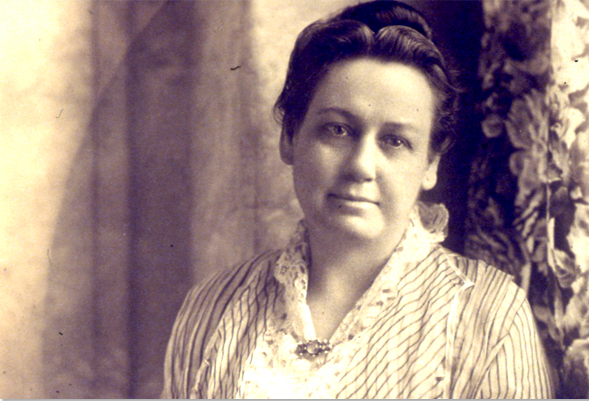
‘Abdu’l-Baha in Edinburgh

Impressions on ‘Abdu’l-Baha
‘Abdu’l-Baha in Edinburgh
Source: Scots Pictorial, 18 Jan. 1913 Article by ‘Ion’ | ‘Abdu’l-Baha in Our Midst
On the morning of 7 January ‘Abdu’l-Baha visited the Outlook Tower, which had a panoramic view of Edinburgh. He was met by the Outlook Tower Society President Sir Patrick Geddes, who escorted ‘Abdu’l-Baha up the five flights of stairs to the top of the tower. After they had admired the view of the city, Geddes showed ‘Abdu’l-Baha the ‘Camera Oscura’ which projected an image of the city down onto a large table top. Geddes, along with his nephew, Sir Frank Meres, later developed a design in the 1920s for a Bahá’í temple they hoped, futilely as it worked out, would be built in Allahabad, India.
 After viewing the various displays and galleries in the Outlook Tower, the Master had a drive down Edinburgh’s famous Royal Mile, past Holyrood Palace and on to Arthur’s Seat. He then met some of the foreign students at Edinburgh University, who had come from Japan, India and Egypt. ‘Dear and honoured Sir’, said Dr Whyte as he introduced the Master, ‘I have had many meetings in this house, but never have I seen such a meeting. It reminds me of what St Paul said, “God hath made of one blood all nations of men . . .”’. ‘Abdu’l-Baha then spoke to the students on the oneness of religion.
After viewing the various displays and galleries in the Outlook Tower, the Master had a drive down Edinburgh’s famous Royal Mile, past Holyrood Palace and on to Arthur’s Seat. He then met some of the foreign students at Edinburgh University, who had come from Japan, India and Egypt. ‘Dear and honoured Sir’, said Dr Whyte as he introduced the Master, ‘I have had many meetings in this house, but never have I seen such a meeting. It reminds me of what St Paul said, “God hath made of one blood all nations of men . . .”’. ‘Abdu’l-Baha then spoke to the students on the oneness of religion.
While ‘Abdu’l-Baha was in Scotland an interviewer of the {Scots Pictorial} called on him:
………. To be ushered into the presence of ‘Abdu’l-Baha, Abbas Effendi, ‘the Servant of God,’ is to have the curtains of time lifted back and to hold converse with a prophet of Israel. The artistic dignity of his quietly coloured Eastern gown, the white folds of his turban, and the patriarchal beard which hangs upon his bosom all contribute towards giving the immediate impression of an Eastern scholar and divine. But it is the finely moulded contour of his face, the gentle movements of his hands, and the deep expression in his eyes which make it manifest that here, indeed, is an embodiment of the prophets of old. In comparing ‘Abdu’l-Baha to the Biblical prophets, there is a distinction to be made. The early prophets descended upon mankind as the scourgers of iniquity and as the swords of the Lord. This messenger comes as the great reconciler of all faiths, as the forerunner of universal peace. In his eyes there is suffering and love. He is a man who has looked aghast and with pity upon the turmoil of life, and has heartfelt thoughts to utter.




